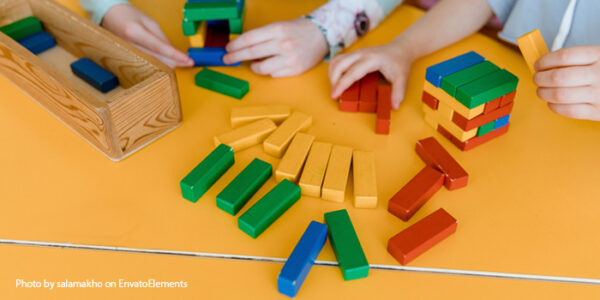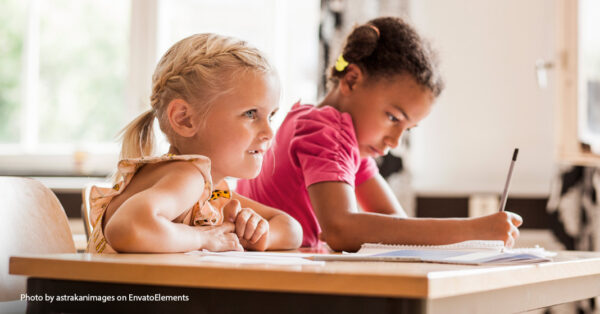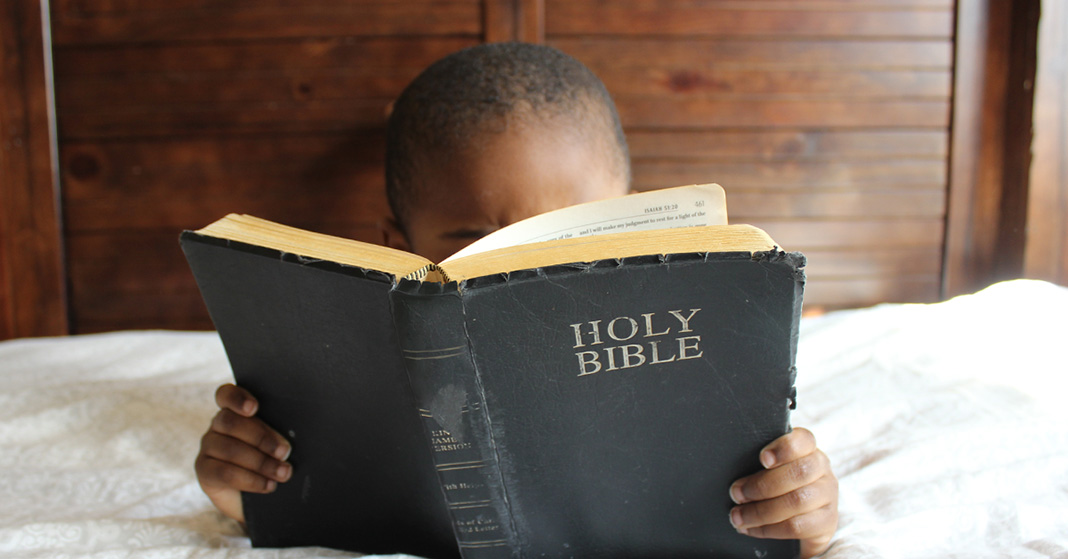
Do you have a little one who is expressing interest in school? Maybe your firstborn is nearing school age, and you want to start homeschooling preschool. In either of these situations, you may be asking yourself, how can I find the best preschool homeschool curriculum? Well, the answer is that it depends a lot on your style, the amount of time you have, and your budget. Read on for why you might want a preschool curriculum and some specifics about choosing a preschool homeschool curriculum.
[Read more…] about How to Find the Best Preschool Homeschool Curriculum


